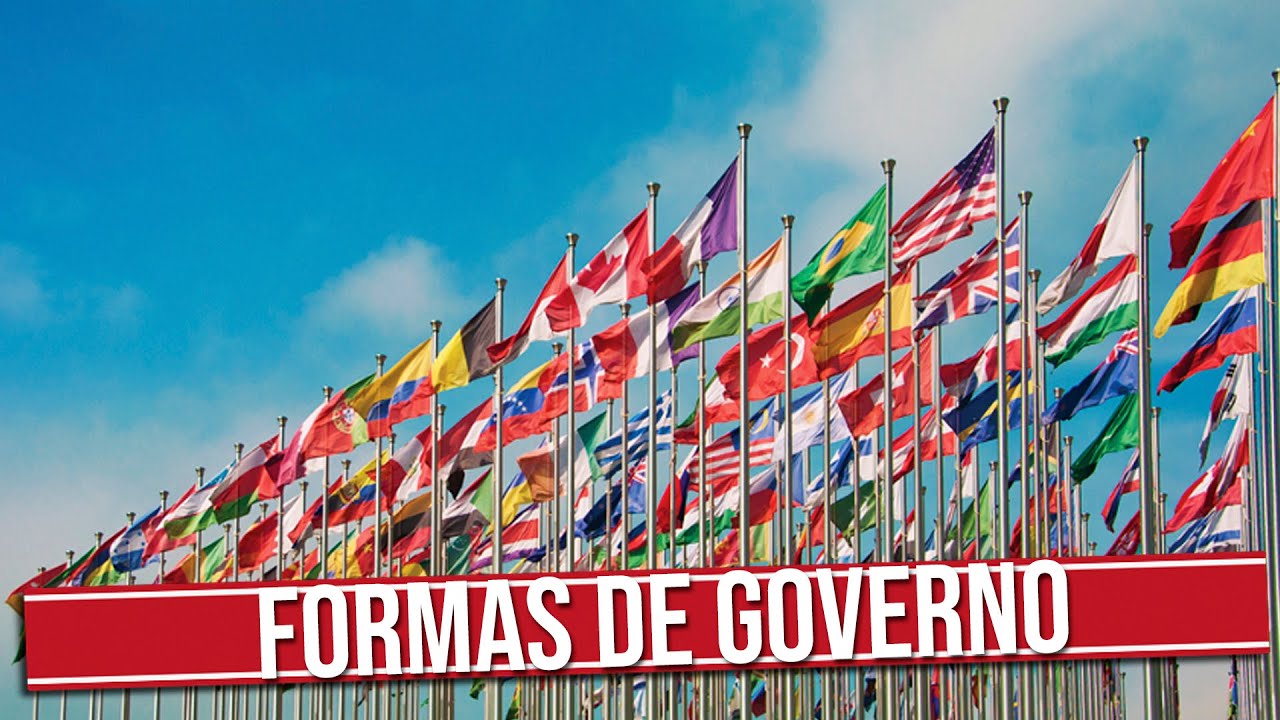Systems of Government: Unitary, Federal, and Confederal Explained
Summary
TLDRThe video script explores the different systems of government: unitary, federal, and confederal. It explains how power is distributed between national and smaller subunits of government such as states or provinces. Using examples from countries like the UK, Iran, China, and the United States, the script illustrates each system's structure. A unitary system has concentrated power, a federal system shares power between national and state governments, and a confederal system gives more power to the states. The script also highlights a visual representation of how power is divided within each system, providing a clear understanding of their differences.
Takeaways
- 😀 Unitary, federal, and confederal systems are three primary forms of government based on how political power is distributed between the central and smaller subunits of government.
- 😀 In a unitary system, power is concentrated in the central government, with limited authority given to smaller subunits like states, provinces, or cities.
- 😀 Examples of unitary systems include the United Kingdom, Iran, China, and Russia, where central power resides in the national government or its ruling party.
- 😀 A federal system involves a balance of power between a central government and subunits like states, where authority is shared.
- 😀 The United States, Mexico, and Nigeria are examples of federal systems, where political power is shared between national and state governments.
- 😀 A confederal system gives more power to the smaller subunits, like states, and has a weak central government, with limited authority at the national level.
- 😀 The European Union operates similarly to a confederal system, as it has a weak central authority and the member nations retain significant independence.
- 😀 In a unitary system, approximately 90% of political power resides with the central government, while in a federal system, power is more evenly distributed between the national and state governments.
- 😀 In a confederal system, around 90% of political power lies with the state governments, and the central government holds very little power.
- 😀 Visual representations of these systems show a gradient, with unitary systems having centralized power, federal systems sharing power evenly, and confederal systems favoring state power.
- 😀 The lecture provides insights into how different governmental structures function both historically and in the present, offering a foundation for understanding debates about governance.
Q & A
What are the three types of government systems discussed in the script?
-The three types of government systems discussed are unitary, federal, and confederal systems.
What is the main focus of the script?
-The main focus of the script is explaining how political power is distributed between the central government and smaller subunits in different government systems, particularly in the context of the United States.
What does the term 'unitary system' mean?
-A unitary system means a concentration of political power in a central government, with very little power reserved for subunits like states or provinces.
Can you provide examples of countries with a unitary system?
-Examples of countries with a unitary system include the United Kingdom, Iran, China, and Russia (though Russia functions like a federal system in structure, in practice it has a unitary system).
What is the main characteristic of a federal system?
-A federal system is characterized by the sharing of political power between the national government and subunits (like states or provinces), with both levels of government having authority.
Which countries are examples of a federal system?
-Examples of countries with a federal system include the United States, Mexico, and Nigeria.
What is a confederal system?
-A confederal system is a system where political power is spread among many subunits (such as states), with a weak central government that holds very little power.
Are there any countries that currently operate under a confederal system?
-There are no countries with a true confederal system today, but the European Union operates with a similar structure, where the member nations retain most of the power, and the central body has limited authority.
How is power distributed in a unitary system versus a federal system versus a confederal system?
-In a unitary system, the central government holds 90% of the power, with only 10% given to smaller subunits. In a federal system, the power is shared equally between the national government and the subunits, each having around 50%. In a confederal system, the subunits hold 90% of the power, and the central government has only 10%.
How does the U.S. election system reflect the federal structure?
-In the U.S., the federal government sets the overarching rules for presidential elections, but the individual states decide the specific methods for conducting those elections, such as whether they hold primaries or caucuses.
Outlines

This section is available to paid users only. Please upgrade to access this part.
Upgrade NowMindmap

This section is available to paid users only. Please upgrade to access this part.
Upgrade NowKeywords

This section is available to paid users only. Please upgrade to access this part.
Upgrade NowHighlights

This section is available to paid users only. Please upgrade to access this part.
Upgrade NowTranscripts

This section is available to paid users only. Please upgrade to access this part.
Upgrade Now5.0 / 5 (0 votes)





